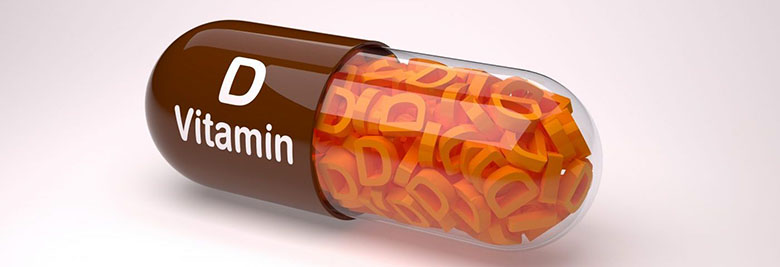Perhaps every adult man knows that if he feels pain, burning or cutting when passing the urine, then there is something wrong with his health. But what is it? Let’s find out about the most often causes of unpleasant sensations during urination.
Infections of the genitourinary tract
Such issues are more frequent in women. However, when the males grow older, their chances for getting one of the urinary tract infections significantly grow. Urethritis, cystitis, and other bacterial, fungal or viral infections may manifest through ache and burning during urination.
Sexually transmitted infections
No matter what kind of Venereal disease you have, bacterial, viral or parasitic, you may feel an acute pain when passing the urine. Pain sensations may be accompanied by sores in the penile area, high body temperature, pain during sexual intercourse. An individual may develop these symptoms in several days after being infected or much later. Sometimes it may take years to reveal the infection.
Kidney stones
Stones or sand in kidneys may stay unnoticed until the moment they begin to move down the kidneys to the urethra. In case there is a stone, a person will suffer from renal colic and may even need to be operated on if it blocks the outflow of the urine from the kidney. Yet if the sand is on the way to “exit“, so to say, a man may feel acute pain, burning and cutting in the process of urination. Besides, he may be notice blood in the urine.

Prostatitis
This problem is quite common among the men over 50. It is caused by the inflammatory processes in the prostate gland and its enlargement. Prostatitis is commonly accompanied by the frequent need to visit the bathroom, pain sensations, weak stream of the urine, and numerous other symptoms.
How to deal with the pain during urination?
First of all, you have to turn to the doctors and undergo some urine and blood tests. Depending on the results, your medical specialist will be able to prescribe you an antibiotic, antiviral or antifungal preparation that will help you to feel better in a couple of days only. However, the therapy of more serious infections and kidney disease may last significantly longer.

































